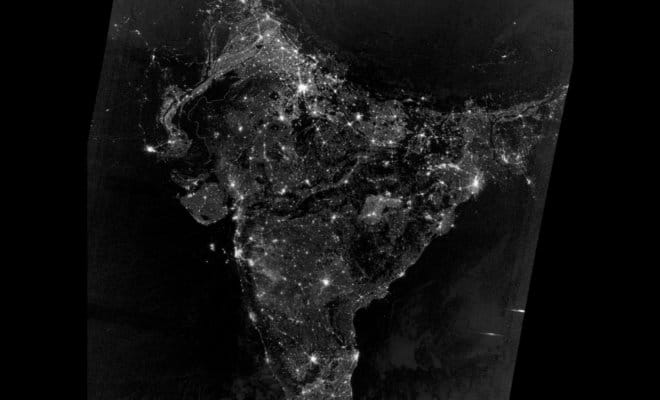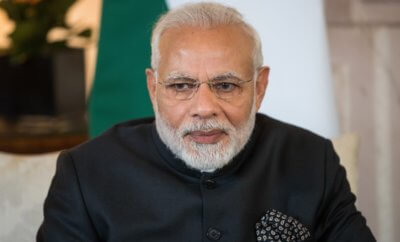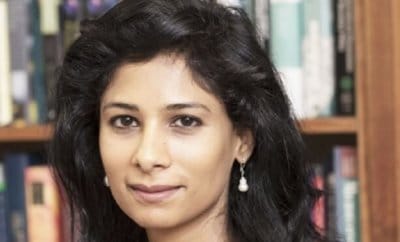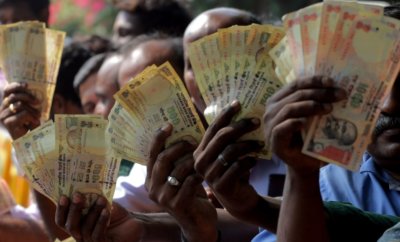India
Economists Use Night Lights to Measure Income Divergence in India

Night lights in India
Photo: Wikimedia Commons
About 380 districts in 12 Indian states are on average just a fifth as bright as Mumbai and Bengaluru, data generated by economists Praveen Chakravarty and Vivek Dehejia using night light images shows.
Economists Praveen Chakravarty and Vivek Dehejia have used data generated by an unusual method to measure the inequality and income divergence in India — night lights as shown by images grabbed by satellites from the U.S Air Force Defense Meteorological Satellite Program, the BBC reported.
The satellites of U.S Defense Meteorological Satellite Program circle the earth 14 times a day, and record lights from earth’s surface at night with sensors. Chakravarty and Dehejia superimposed a map of India’s districts on the images taken from these satellites, which helped them develop a unique data set of luminosity values by district over time.
They proceeded to study 387 of 640 districts in 12 Indian states, which account for 85 per cent of India’s population, 80 per cent of the country’s GDP and which house 87 per cent of parliamentary seats.
According to the data they compiled, about 380 districts in 12 states were on average just a fifth as bright as the big cities of Mumbai and Bengaluru. Also, 90 per cent of all the districts are just a third as bright as the top 10 per cent of the districts — a ratio that progressively got worse from 1992 to 2013.
The year 1992 was when India opened to the world. Before that, the trend was towards convergence of income between different states, while after 1992, the gap went on widening. The economists observed that in 2014, the average person in the three richest states — Kerala, Tamil Nadu and Maharashtra — was three times as rich as the average person in the three poorest states — Bihar, Uttar Pradesh and Madhya Pradesh.
“What we find is that both across states and across districts with each state, this is a wide, and widening disparity in economic activity. No, it is not that the rich getting richer and the poor getting poorer, but that the poor are not getting richer fast enough to close the gap with the already rich,” Dehejia, a senior fellow at the Mumbai-based think tank, IDFC Institute, was quoted as saying by the publication. “This is a level of regional inequality unprecedented in large federal states in contemporary world economic history.”
The disparity within India, even as the standard of living is going up, is a worrying trend, say Chakravarty and Dehejia. They attribute it to poor governance and lack of adequate skills for jobs.
This disparity, they warn, could “easily lead to social disharmony as populous, poorer regions attempt to extract greater redistribution from less populous, richer regions – whether within or across states.”
Chakravarty and Dehejia, however, admit that night lights have their own set of challenges, such as the phases of the moon, which vary the amount of light shining on earth; atmospheric effects due to aerosols, water vapor and ozone; and extraneous light sources such as solar illumination.
Scientists are developing new software and algorithms to make night lights imagery more accurate and available, with latest sensors on the satellites giving rich spatial details like detecting lit roads and dimly lit sources.
Night lights have been used by researchers to gain an understanding of how cities expand, changes in land use, energy use during festive seasons, conditions in conflict affected areas, seasonal fluctuations in infectious diseases, carbon emission mapping and light pollution.



